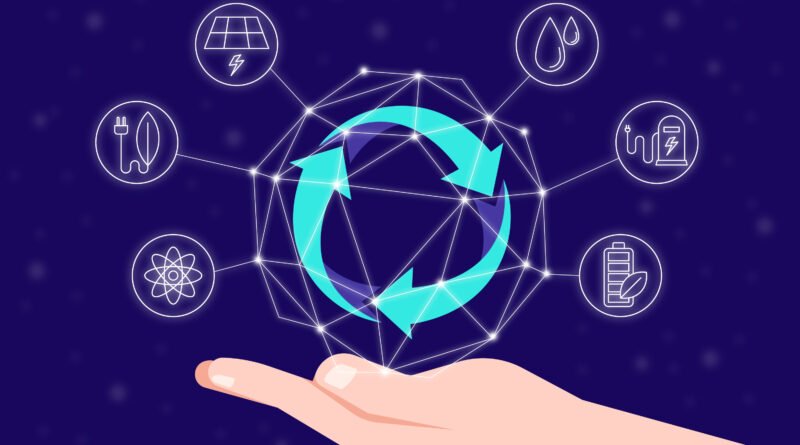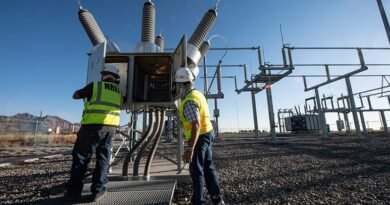What is an Inverter-Based Resource?
An inverter-based resource (IBR) refers to a device that manages the flow of electricity by transforming direct current (DC) into alternating current (AC). Its application can vary depending on specific needs. This category encompasses renewable energy generators and backup power storage solutions. IBRs play a crucial role in energy generation technology, serving as the central control system for the entire operation.
Different Types of Inverter-Based Resources Various kinds of IBRs include:
- Grid-Tied: These inverters change DC power into AC power and are connected to the electrical grid, facilitating the exchange of power between the energy system and the grid.
- Standalone: Standalone inverters operate autonomously, functioning independently of the electrical grid. They use batteries or rectifiers to convert DC to AC power.
- Battery-Based: Battery-based inverters, as the name suggests, require a battery and convert DC to AC power when needed, serving as a backup power source.
All inverters are configured to supply AC power in one of three phases — single-phase, split-phase, or three-phase — depending on the specific type of IBR and its intended application.
Inverter based resources (IBR) are at the heart of the renewables trend. Without IBRs we don’t have the ability to connect correctly to the grid...
Why Inverter-Based Resource?
An Inverter-Based Resource (IBR) represents an electrical power source that connects asynchronously to the electrical grid through an electronic power converter, commonly referred to as an “inverter.” Within this category, known as Converter-Interfaced Generation (CIG), one can find variable renewable energy generators such as wind and solar, as well as battery storage power stations.
Unlike traditional synchronous generators, IBRs lack inherent characteristics like inertial response. Their behavior is predominantly shaped by control algorithms, posing specific challenges to system stability as their integration into the grid grows. For instance, a single software fault can potentially impact all devices of a particular type during contingencies, as seen in the case of the Blue Cut fire incident.
IBRs are also sometimes referred to as non-synchronous generators. Their inverter design typically adheres to established standards such as IEEE 1547 and NERC PRC-024-2 to ensure their safe and reliable operation within the power system.




